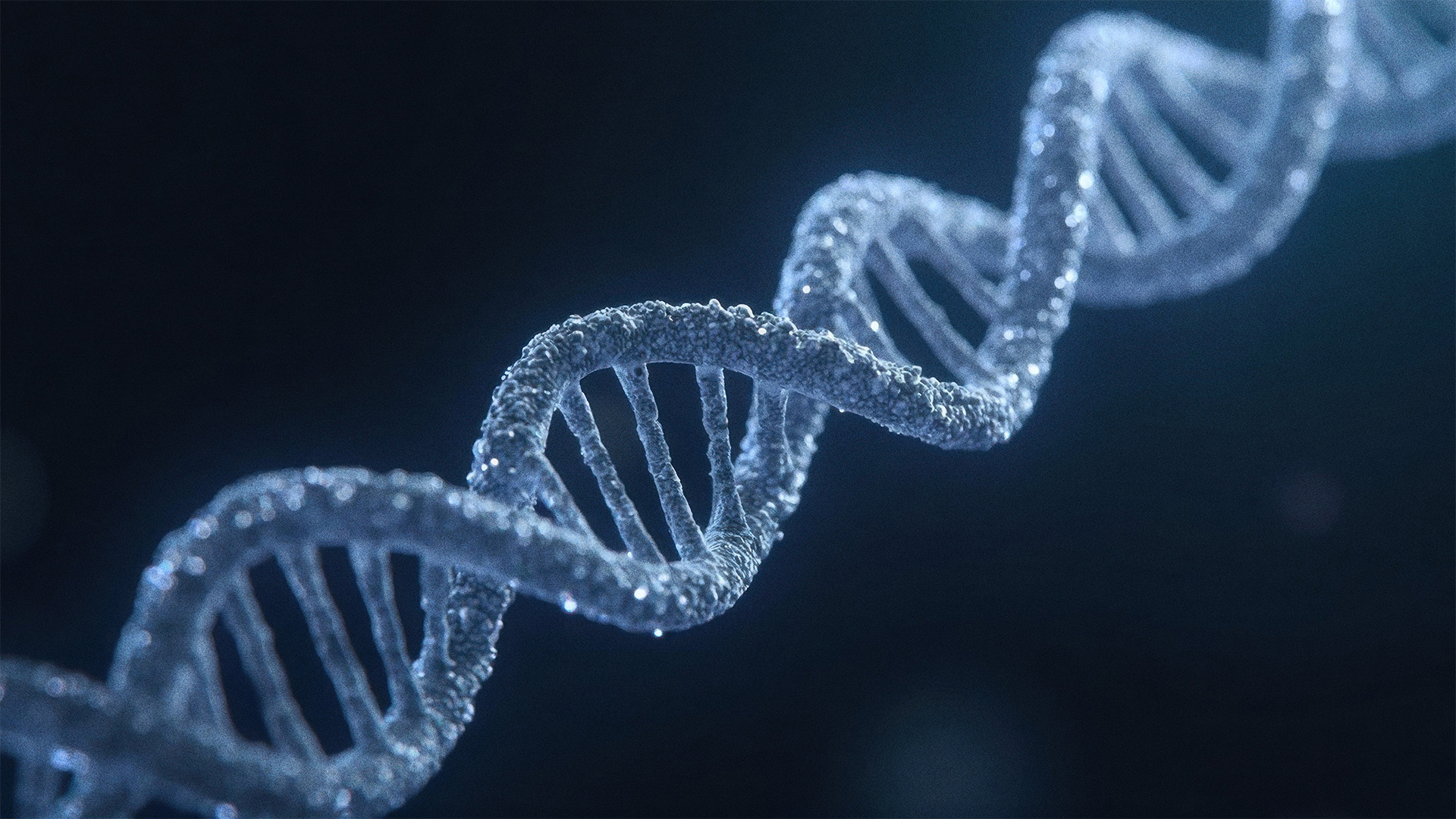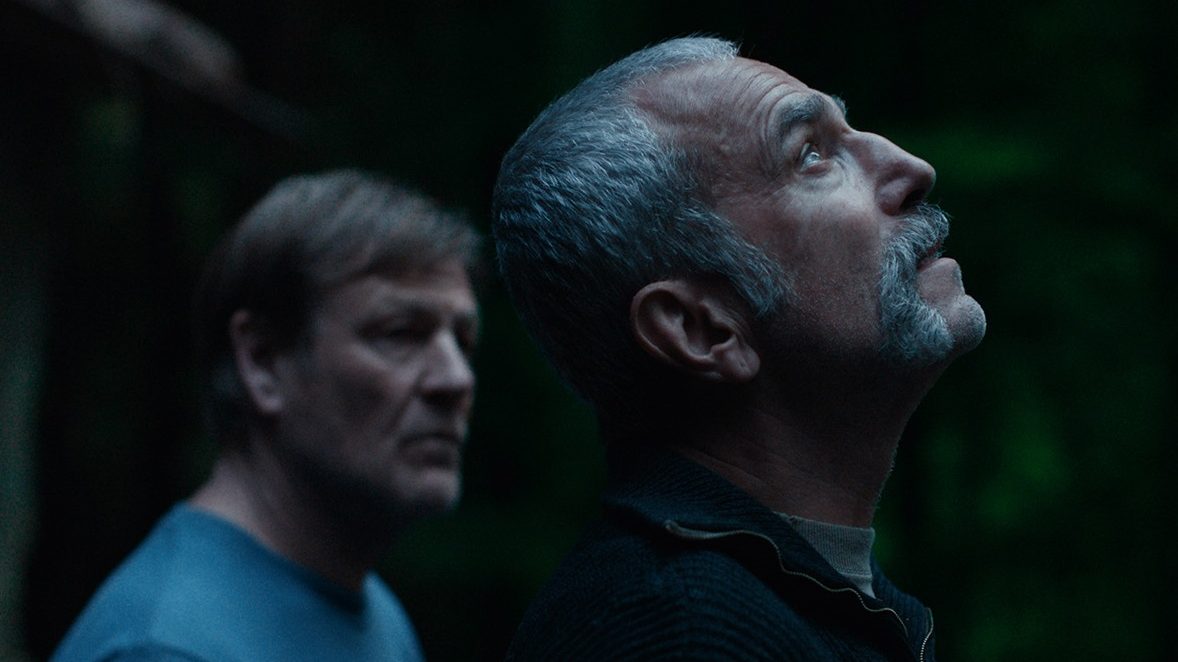In the early 2000s some biologists spoke excitedly about “synthetic biology.” Seemingly oxymoronic – biology is natural, right? – the discipline was sometimes advertised as “genetic engineering that works”. We have been able to cut and paste new genes from and into genomes since the 1970s. But the uses for this kind of biotechnology were rather limited, if useful: most notably, inserting the human insulin gene into bacteria so that this vital drug for treating diabetes could be made in vats of genetically engineered microbes.
Synthetic biology was meant to take this rewriting of genetics to the next level by inserting whole tailor-made suites of genes that direct organisms towards entirely non-natural goals. The poster child, reported in 2000, was a bacterium (the humble gut microbe E. coli) fitted with a genetic “circuit” that performed oscillations, generating bursts of a fluorescent protein. The engineered bugs pulsed with flashes of light like fireflies.
The hope was that synthetic biology would allow us to turn micro-organisms into living factories or even robots: gobbling up plant matter to produce hydrogen for green fuel, or making complex antimalarial drugs, or scouting out toxic environments and releasing a glowing alarm signal when they sense a deadly pollutant. Some neat and clever things came from the field, but it never quite lived up to its promise – arguably because nature isn’t built in a manner that lends itself to genetic redesign as though the genome itself were nothing but a printed circuit board.
Now synthetic biology is itself challenged by a prospective new discipline – or some might say, it is merely evolving into one, called “generative biology”. At a recent meeting in Brighton, supported by the Royal Society, researchers from various disciplines convened to figure out what this field might comprise and what it might do.
Synthetic biology arguably suffered from trying to shoehorn biology into a conventional engineering mould, rather than taking advantage of what life does already. We don’t yet fully understand the operating principles even of lowly bacteria, but they seem relatively simple compared with those of multicellular organisms like us, where initially identical cells must arrange themselves into complex shapes and specialise in different jobs – muscle, skin, neurons, blood and so on – as the organism grows.
Suggested Reading


The tech lords’ quest for eternal life
Trying to control and direct this process looks a whole lot harder, but it also potentially offers a great deal of versatility in form and function “for free,” if only we can work out what the rules of development are and how we can tweak them to generate new possibilities.
One thing was plain enough from the talks at the meeting: we’re unlikely to achieve much in generative biology if we attempt to do everything from the bottom up, by rewriting genomes.
That’s certainly one option, and our ability to edit genes is far more advanced now than in the 2000s, largely thanks to technologies such as CRISPR (don’t ask about the acronym), which uses the gene-editing machinery that some bacteria deploy to combat viruses. But not only is the human genome vastly more complex than that of bacteria, it seems clear now that not everything about the human body is specified in genes, much as you can’t deduce Hamlet from the OED.
Generative biology, then, will be inspired more by embryology – these days part of the discipline of developmental biology – than by genetic engineering. It’s not about treating biological components, whether they’re genes or cells, as if they are transistors and diodes to be arranged and wired however the designer pleases. Cells and tissues have their own agendas, which they agree and enact through constant dialogue, responding to the chemical signals, mechanical tugs, and electrical impulses of their neighbours.
These interactions enable cells to self-organise into large-scale structures: tissues fold, buckle, sprout appendages that become limbs, partition into segments that become vertebrae, pattern themselves into fingers and toes, arrays of hair follicles or feather buds. The goal of the generative biologist is to work with and not against these natural processes of growth and form. As one speaker put it: “If we’re engineering with life, we should use what life can give us.”
To what end? Well, it’s unlikely to be about designing entire new organisms. But it would be rather splendid to be able to regrow damaged body parts as, say, the axolotl can. Or to grow replacement organs for transplanting in dishes in the lab – something already being attempted using stem cells, but somewhat haphazardly. Or to figure out how to rectify developmental defects like spina bifida, where the tissues around the spinal cord don’t close up properly. To build, we first must understand.




